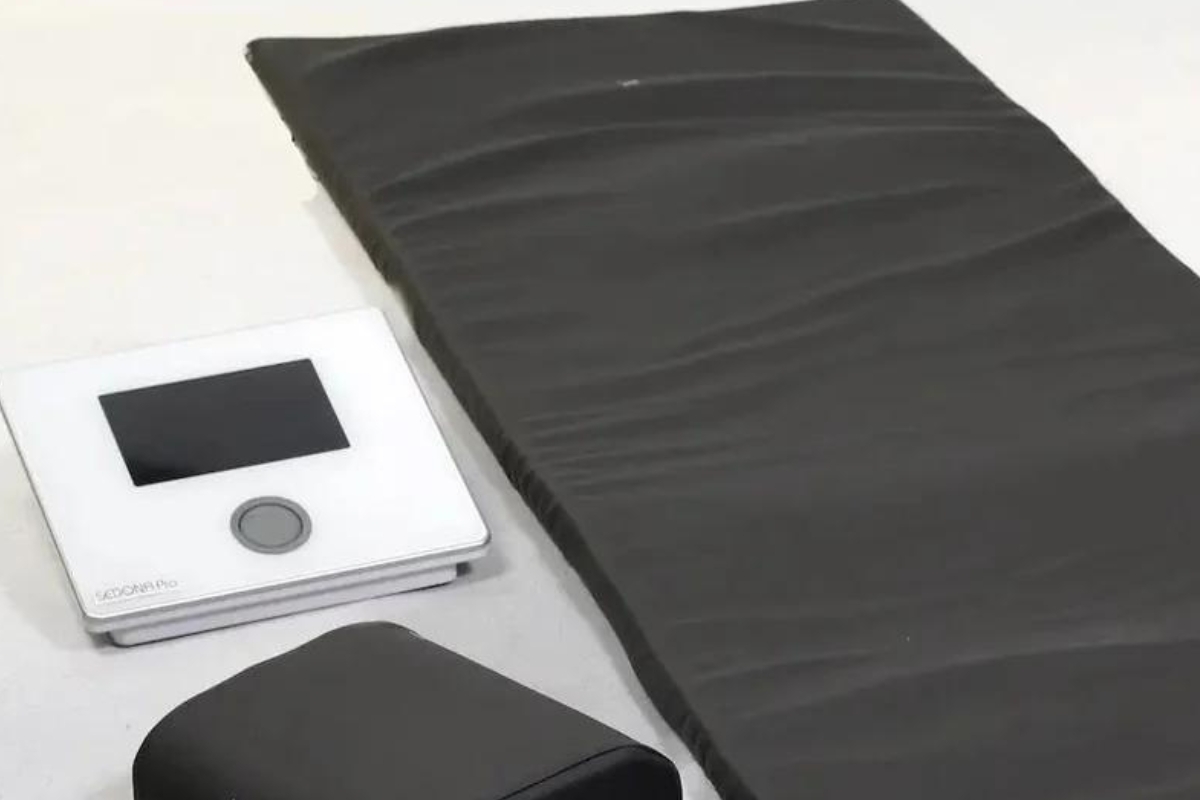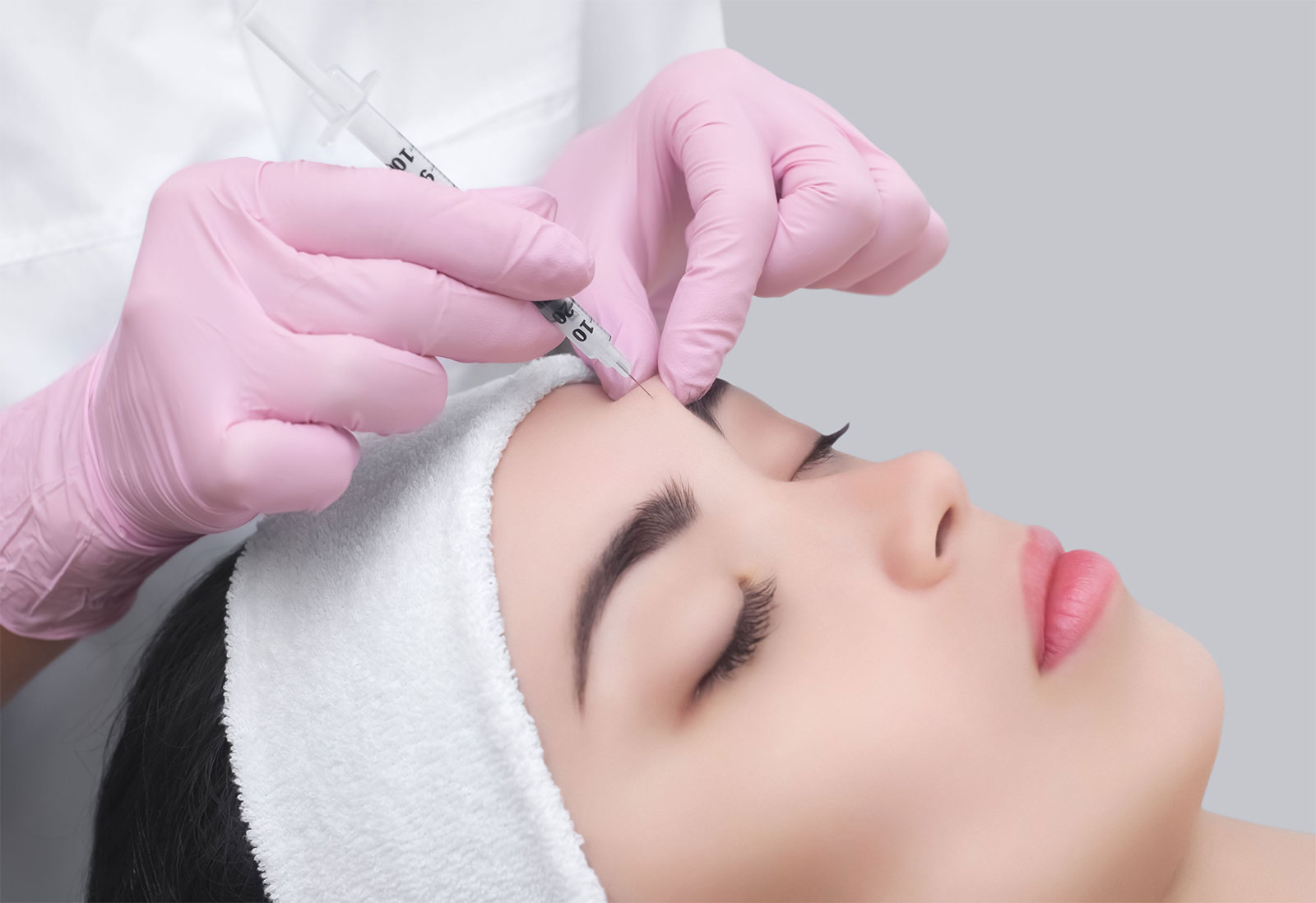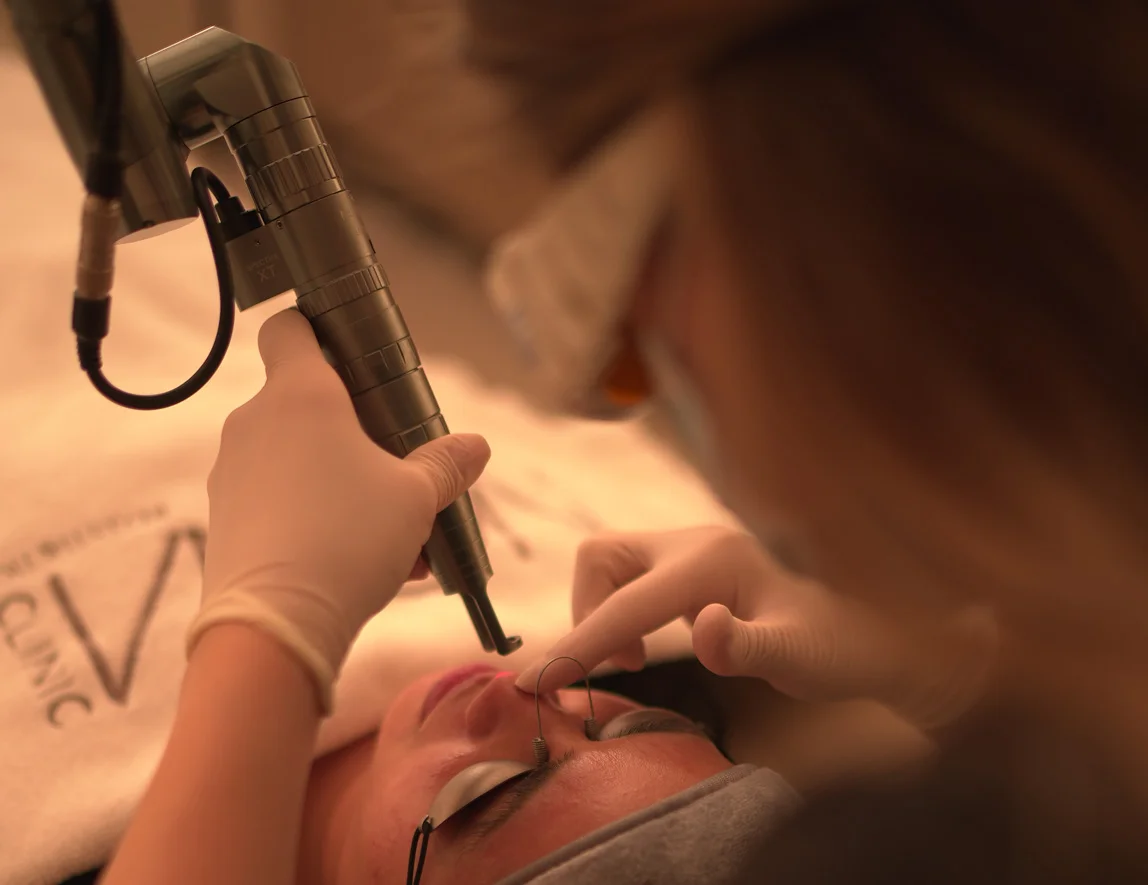When someone looks in the mirror and thinks, “I wish my nose were just a bit straighter” or “I’d love to lift that droopy tip,” the choice often comes down to two paths: the traditional surgical rhinoplasty, or a quicker, filler based approach sometimes called a “liquid nose job.” Each route has advantages, limits, risks, and recovery demands.
In Dubai, where aesthetics and advanced medicine intersect, both rhinoplasty and non-surgical nose reshaping are among the most requested procedures—particularly among professionals, expats, and medical tourists seeking precision with safety under DHA-licensed clinics.
In this article, we’ll walk you through exactly how each works, who benefits most, what the aftercare looks like, and why many people today are choosing one over the other.
What Is Rhinoplasty?
Rhinoplasty, often referred to as a “nose job,” is a surgical process where the surgeon reshapes the nose by working on its internal and external structures made up of bone, cartilage, and soft tissue. The purpose can be either aesthetic (beautifying nose shape, reducing hump, and making the tip smaller) or medical (fixing a deviated septum and making breathing easier). The surgery can be done using either an “open” approach (with a small external incision on the columella, the area between the nostrils) or a “closed” approach (with all incisions hidden inside the nose).
During the surgery, cartilages may be cut, moved, grafted, or supported; bones may be shifted or broken (osteotomies). The surgeon meticulously refines the form, frequently arranging with imaging and models. Because you are changing the structure, rhinoplasty offers you a lifetime reshaping (unless revision surgery is done).
Generally, after surgery, patients have to wear a nose splint for approximately a week; there might also be internal packing or soft supports. It is normal for the nose to swell after surgery, and this may last for several weeks to months. It is not unusual for about 15 % of rhinoplasty patients to need a minor revision procedure to perfect aesthetics or function.
At licensed aesthetic clinics in Dubai, rhinoplasty is performed under DHA-regulated surgical protocols ensuring sterile environments and post-operative follow-up care.
What Is a Non Surgical Nose Job (Liquid Rhinoplasty)?
A non surgical nose job uses injectable fillers typically hyaluronic acid (HA), and sometimes calcium hydroxyapatite (CaHA) to smooth bumps, lift the tip slightly, or “camouflage” asymmetry. It does not remove tissue or restructure bone or cartilage.
The procedure generally takes less than an hour. The provider numbs the area, then injects filler into targeted zones to build or soften contours. Immediate change is visible. Because HA is reversible, if the result is unsatisfactory or a complication arises, the provider can inject hyaluronidase to dissolve the filler. This method is best suited for mild cosmetic adjustments not for reducing nose size, correcting major asymmetries, or improving breathing function.
The results are temporary. With typical formulations and patient metabolism, the visible effect lasts from 6 to 18 months, sometimes up to 24 months depending on filler choice and individual factors.
Non-surgical nose jobs are especially popular in Dubai’s fast-paced lifestyle because they provide immediate aesthetic improvement with minimal downtime and cost.
Why Are People Choosing One Over the Other?
Speed, Downtime & Comfort
Non surgical nose jobs win here. There are no incisions, no general anesthesia, and minimal recovery. Most people return to daily life immediately, aside from mild swelling or bruising for a day or two.
By contrast, surgical rhinoplasty involves a longer recovery. Splints, some discomfort, and swelling for weeks are common, and subtle residual swelling may persist for months. Full results emerge over a year.
Cost & Commitment
Upfront costs for non surgical options tend to be far lower. Some clinics quote filler nose jobs in the range of a few hundred to a couple of thousand dollars (or equivalent in local currency), while surgical rhinoplasty may cost several times more.
However, because filler treatments must be repeated to maintain effect, the cumulative cost can grow. Over many years, surgery may prove more economical for those committed to a permanent change. In Dubai, pricing also depends on the clinic’s DHA licensing, surgeon’s credentials, and filler brands used.
Extent of Change Possible
Surgical rhinoplasty has the power to make dramatic changes, reduce size, correct structure, reshape tip or bridge, or address breathing issues. Many revisions of nose shape simply aren’t possible with fillers.
Non-surgical techniques are suitable for minor adjustments: such as straightening a slight bump, increasing a weak bridge, or reducing a tip’s projection. In the case of the nose needing significant changes, only the use of filler would not be adequate.
Safety and Risks
These procedures have risks, but they are of different kinds and vary in severity. The most serious complications in non-surgical nose jobs, although rare, still include skin necrosis, vascular occlusion, or even loss of sight if the filler gets into a major blood vessel. One study that looked at 2,488 procedures showed an overall complication rate of 7.6% with serious complications like ischemia or necrosis in 0.20% of the cases.
Studies also point to the fact that using permanent fillers (like for example silicone or PMMA) in the nose should be avoided due to the risk of irreversible unpleasant consequences.
The risks involved with surgical rhinoplasty encompass infection, bleeding, scarring, unfavorable reactions to anesthesia, and the possibility of another surgery if the results are not perfect.
The surgeon takes precautionary measures to reduce risk by applying safe procedures, working in a sterile area, and relying on years of practice. However, since you are having a surgical procedure done, the risk is automatically higher than that for an injection.
How Each Procedure Is Done (Step by Step)
Rhinoplasty Process Overview
First you’ll meet with a plastic surgeon who evaluates your anatomy, skin thickness, cartilage, and airway. The surgeon presents a plan on what to remove, reshape, graft, or support.
On the day of surgery, under general anesthesia (or sometimes sedation plus local anesthesia), the surgeon makes incisions (open or closed). Then they sculpt the bone and cartilage, reposition, graft, or smooth tissues, and finally close the incisions carefully.
You’ll head to recovery, wear a nasal splint and possibly internal support. In the days following surgery your surgeon gives instructions for hygiene, medication, rest, and activity restrictions. Swelling is highest in the first week, then gradually decreases. After one week, the splint is removed; but full healing and contour refinement continue for months to a year.
Non Surgical Nose Job Process
You meet the injector (often a cosmetic or dermatologic specialist) who examines your nasal anatomy, skin and vascular map, and takes photographs. You discuss what changes are realistic.
On the day, the nose area is numbed with topical or local anesthetic. The provider injects small amounts of filler at carefully chosen depths and locations to enhance shape e.g., along the dorsum, under the tip, or to correct asymmetries.
You may be able to watch in a mirror, and the injector may fine tune. If the filler is HA, results are adjustable and potentially reversible with hyaluronidase. You leave with immediate visible change and mild local swelling or redness.
Aftercare: What You Must Do
After Rhinoplasty
After surgery, rest is critical. You’ll need to avoid strenuous activity, heavy lifting, bending down, blowing your nose, or putting pressure on the nose.
Cold compresses, head elevation, and medications (pain relief, antibiotics) are standard. You’ll return for follow up visits when the splint is removed (usually around day 7). Continue to follow your surgeon’s instructions regarding sleep position, sun protection, and when to resume exercise. Dubai’s warm climate makes UV protection essential, always use sunscreen and avoid direct heat exposure during recovery.
Be patient: residual swelling may persist long after the visible swelling fades. You may need periodic checkups, and in some cases minor refinements later.
After Non Surgical Nose Job
After filler injection, you should avoid touching or massaging the treated area, strenuous exercise, heavy glasses (which press on the nose), or facial pressure for 24–48 hours. Ice packs or cold compresses help reduce swelling and bruising.
You’ll return for a check 1–2 weeks later to see if adjustments are needed. Because filler can migrate slightly, small touch ups may be required.
If you experience pain, color change, blanching, or unusual symptoms especially within minutes to hours contact your provider immediately (these may signal vascular compromise). Because Dubai’s heat and humidity can intensify swelling, patients are advised to stay hydrated and avoid saunas or steam for several days.
Choosing Between Rhinoplasty and Non-Surgical Nose Job – What Suits You Best?
If your goals are modest e.g. smoothing a small bump, lifting a mild droop, improving symmetry and you don’t need structural revision or breathing correction, a non surgical nose job is often a great “trial” step. It’s fast, lower commitment, and reversible if you’re not happy. Just be aware you’ll need maintenance. If you want more dramatic or permanent change, need to reduce or resize parts of your nose, or want to correct breathing or internal structure issues, surgical rhinoplasty is still the go to.
A combined approach sometimes works: some patients begin with filler to “preview” changes, then proceed to surgery once they know their preferred shape. Others use filler to touch up minor asymmetries years after surgery.
At The Nova Clinic in Dubai, experts often design personalized treatment plans, sometimes combining both approaches starting with filler to preview changes, then surgical correction for long-term results.
Market Trends & Popularity Today
The non surgical rhinoplasty market is growing fast. In 2022 its global market size was estimated at USD 696.6 million, with projections of around 8.1 % annual growth through 2030.
Dubai’s cosmetic industry mirrors this trend, driven by expats and professionals seeking subtle refinement with minimal downtime.
However, as filler procedures increase, cases of complications with unqualified injectors highlight the need for DHA-licensed specialists.
In 2020 alone, more than 300,000 surgical rhinoplasties were performed in the U.S., underscoring the global demand for precision in nasal aesthetics.
Final Thoughts
Your decision should hinge on realistic goals, safety, and your long term preferences.
Before any procedure, ask:
- Does the provider specialize in nose anatomy and have experience in both surgery and filler work?
- Can I see before/after photos of similar cases?
- For filler, exactly which material will be used? (Prefer HA, reversible)
- What are the risk signs I must watch for?
- What is the expected cost now and over time (for maintenance)?
- For surgery, what is the recovery plan and timeline?
In the end, both rhinoplasty and non surgical nose jobs have their place. One offers permanence and structural change, the other offers quick refinement for modest goals. By understanding how each works, weighing risks and demands, and choosing a skilled provider like The Nova Clinic, clients can move forward with confidence with service best suited to their dreams.









